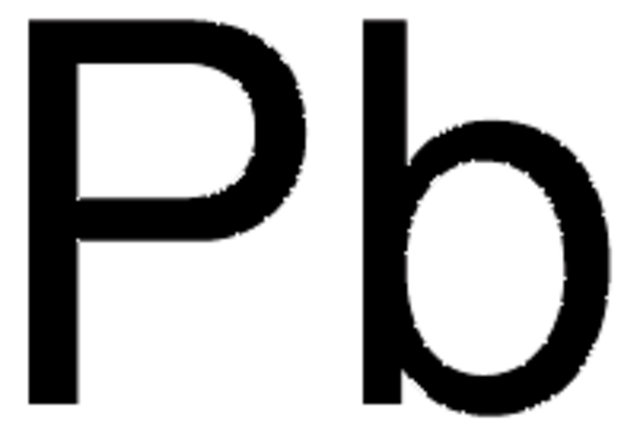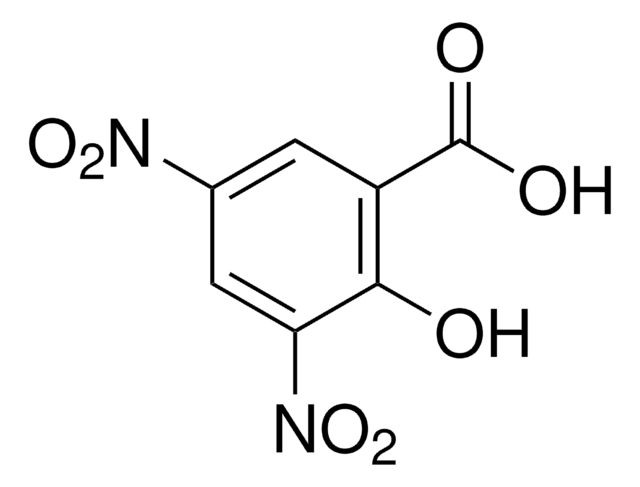289140
Cadmium carbonate
powder, 98%
Sinonimo/i:
Otavite
About This Item
Prodotti consigliati
Grado
for analytical purposes
Saggio
98%
Stato
powder
Impiego in reazioni chimiche
reagent type: catalyst
core: cadmium
Punto di fusione
500 °C (lit.)
Solubilità
H2O: insoluble(lit.)
aqueous acid: slightly soluble(lit.)
Densità
4.258 g/mL at 25 °C (lit.)
Stringa SMILE
[Cd++].[O-]C([O-])=O
InChI
1S/CH2O3.Cd/c2-1(3)4;/h(H2,2,3,4);/q;+2/p-2
GKDXQAKPHKQZSC-UHFFFAOYSA-L
Cerchi prodotti simili? Visita Guida al confronto tra prodotti
Avvertenze
Danger
Indicazioni di pericolo
Consigli di prudenza
Classi di pericolo
Acute Tox. 2 Inhalation - Acute Tox. 4 Dermal - Acute Tox. 4 Oral - Aquatic Acute 1 - Aquatic Chronic 1 - Carc. 1B - Muta. 1B - Repr. 2 - STOT RE 1
Organi bersaglio
Lungs,Kidney,Bone
Codice della classe di stoccaggio
6.1B - Non-combustible acute toxic Cat. 1 and 2 / very toxic hazardous materials
Classe di pericolosità dell'acqua (WGK)
WGK 3
Punto d’infiammabilità (°F)
Not applicable
Punto d’infiammabilità (°C)
Not applicable
Dispositivi di protezione individuale
Eyeshields, Gloves, type N95 (US)
Scegli una delle versioni più recenti:
Possiedi già questo prodotto?
I documenti relativi ai prodotti acquistati recentemente sono disponibili nell’Archivio dei documenti.
I clienti hanno visto anche
Articoli
Nanostructured Materials Through Ultrasonic Spray Pyrolysis
Advances in materials have often been led by the development of new synthetic methods that provide control over size, morphology and structure. The preparation of materials in a scalable and continuous manner is critical when development moves beyond lab-scale quantities.
Colloidal quantum dots (CQDs) are semiconducting crystals of only a few nanometers (ca. 2–12 nm) coated with ligand/surfactant molecules to help prevent agglomeration.
Il team dei nostri ricercatori vanta grande esperienza in tutte le aree della ricerca quali Life Science, scienza dei materiali, sintesi chimica, cromatografia, discipline analitiche, ecc..
Contatta l'Assistenza Tecnica.













